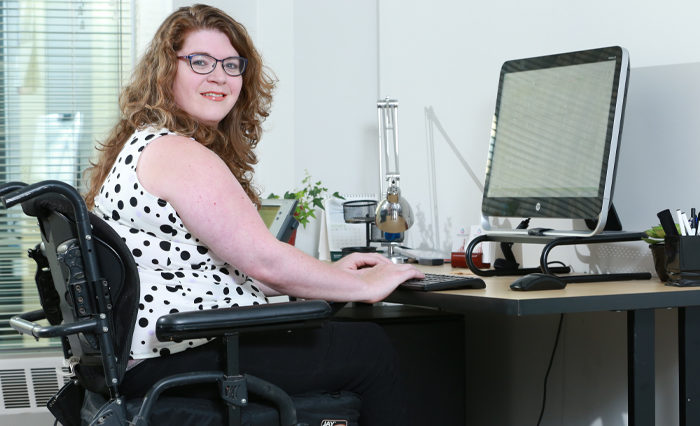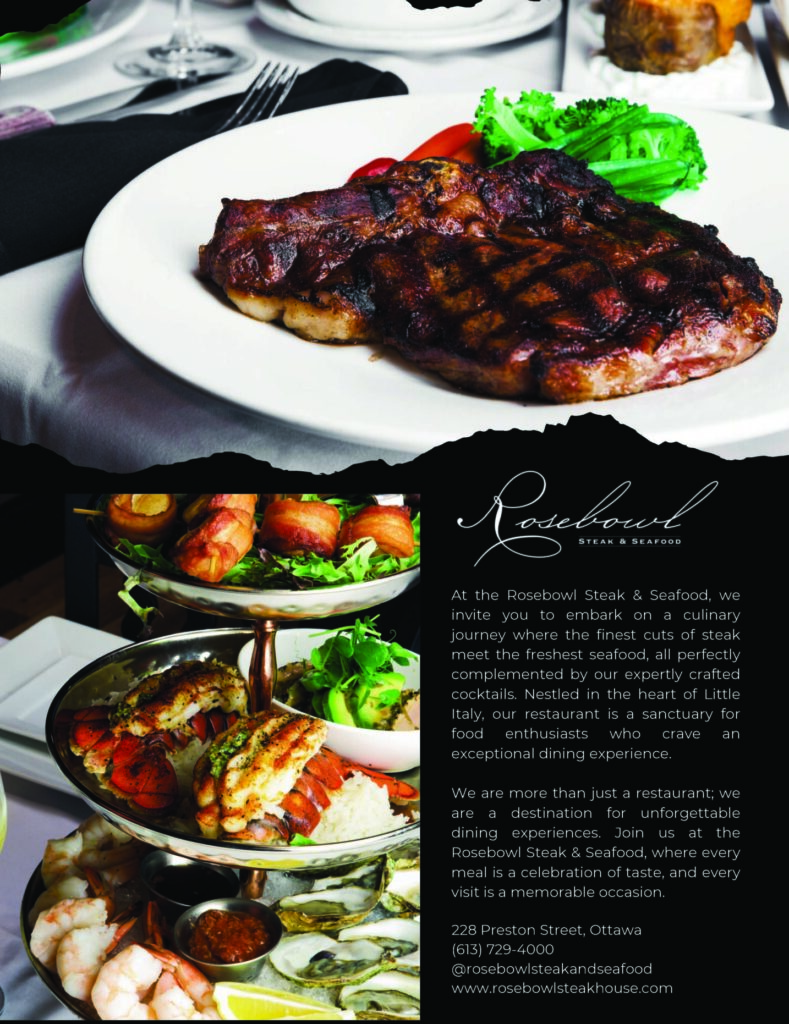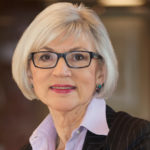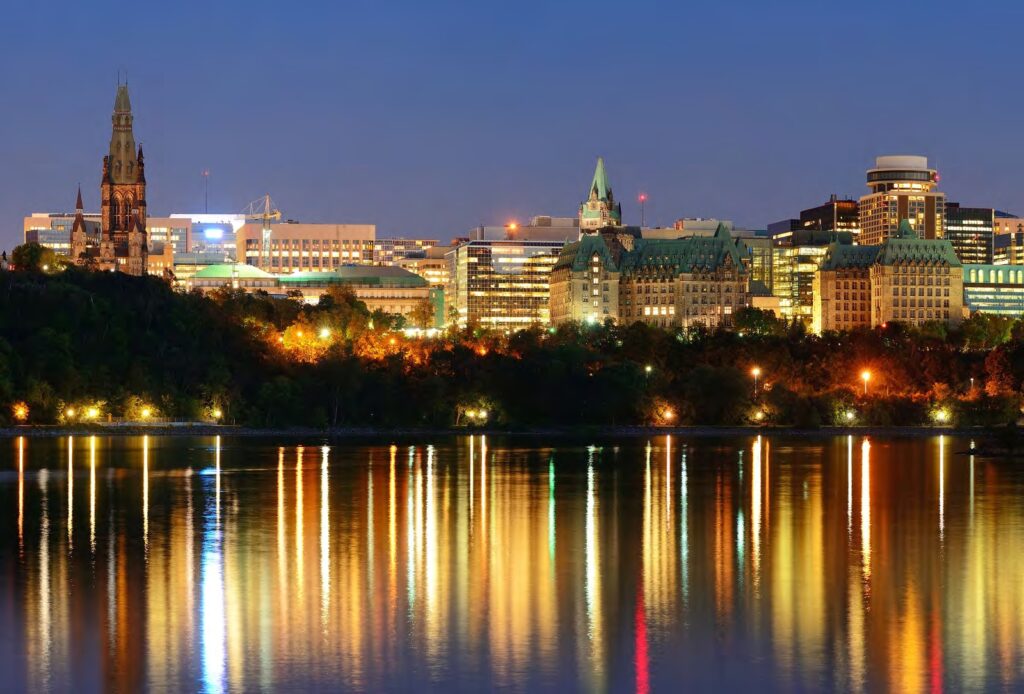The Last Word – A Conversation with the Right Honourable Beverley McLachlin
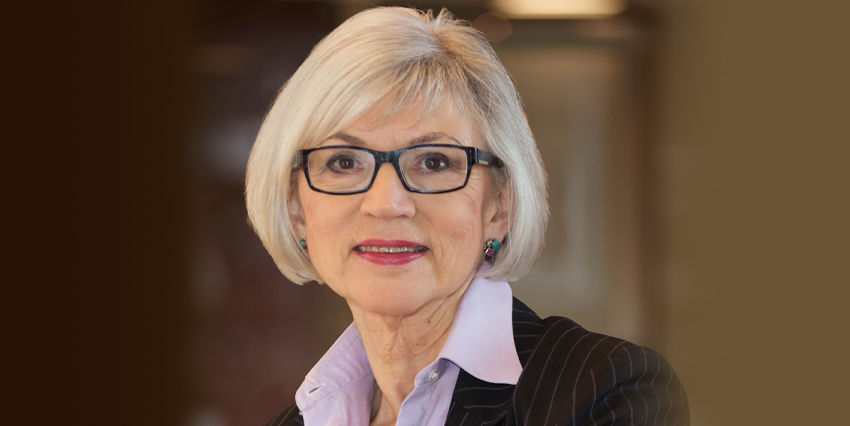
The Right Honourable Beverley McLachlin
By Henny Buffinga
Beverley McLachlin was the first woman to ever hold the position of Chief Justice of Canada, and was the longest serving Chief Justice in Canadian history, serving between 2000 and 2017. A pioneer in the field of law, McLachlin found herself in the position of being a role model for young women across Canada. First called to the bar in 1969, McLachlin’s career coincided with major changes for women in the workplace. I had the opportunity to chat with her about her career and reflections on the ever changing landscape for women in leadership.
Henny Buffinga: Did you first encounter a lot of resistance as a woman in the field of law? How did you deal with it?
Beverley McLachlin: It was a very different day. I graduated from law in 1968, and in my class of law there were only five women. We would have been somewhere under ten per cent. That was considered a big advance, because a few years before there were virtually no women. It was a very male-dominated atmosphere. It wasn’t that people were hostile to women, but at the time there was an assumption that lawyers should, and would, be men. Occasionally one suffers from what we now call imposter’s syndrome. Many stereotypical notions still pervaded law firms and other legal institutions, so it was not as easy as it is now to make it as a woman in law.
At the same time, it was a time when things were starting to change. And there were a number of wonderful people around, men, who could see that things should change. I was fortunate in my career that I had people like that who treated me completely equally and tried to do what they could to help me become a good lawyer and further my career.
HB: You worked with a lot of impressive women, is there anyone you considered to be inspiring?
BM: There were very few women when I started off, but as time went by I encountered some very impressive women and I learned and was encouraged by them. In British Colombia, there was a lawyer who was practically the only woman doing litigation in the seventies, her name is Mary Southam, and she later became a judge, and people like Justice Pat Proudfoot, and more and more as time went on. They were pioneers.
I was lucky when I was appointed to the Supreme Court to have two women before me: Bertha Wilson, the first woman to be appointed to the Supreme Court, and Claire L’Heureux-Dubé, who is a very strong and wonderful person.
HB: The course of your career coincided with a lot of change for women, could you feel that change as it was happening?
BM: Oh, it was so obvious! In 1968, less than ten per cent of the class were women, and just a few years later, it was almost half.
HB: Do you have any advice for women in male-dominated fields?
BM: You have to persevere. You have to be resilient. You may occasionally encounter attitudes and barriers that you think are unfair, but you have to recognize that the world is changing; you can’t give up just because you face those barriers. It’s not right that you should have to face them, but you have to be resilient and move on.
HB: What do you consider to be some of your greatest achievements as chief justice?
BM: That’s so hard for me to say. People who come after me can make a better pronouncement on that. But I can tell you what I tried to do, which was to be the best judge that I could be, and help my colleagues as well as I could, and to make sure the court was working as a cohesive whole.
I found that just the fact that I was there, as a woman, holding that office, was really important to mothers, fathers, and children. The idea that a woman could be the chief justice seemed to inspire people. I can’t take personal credit for that, but it was a remarkable thing—parents would bring their little girls up to introduce me and I would see their eyes shining. Children would send me projects from school. People throughout Canada were encouraged that women were taking a more prominent role in public affairs, and I, as Chief Justice, was a symbol of that.
